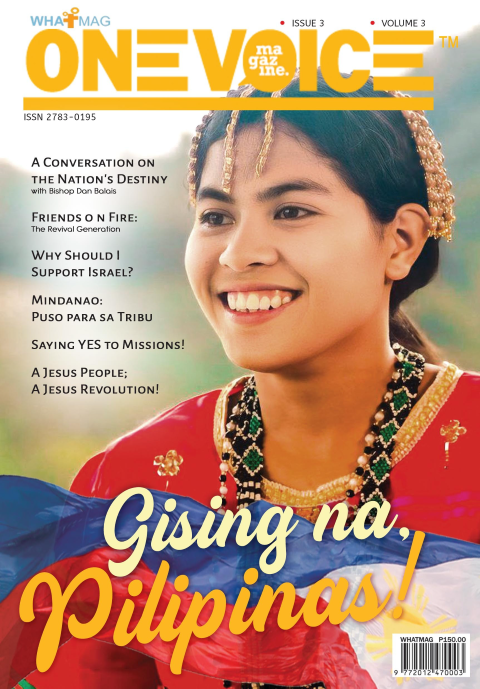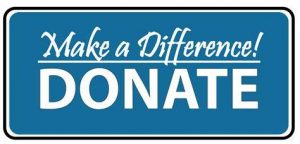The Beginning of “Islands Abridged”
There was a kind of inevitability to “Islands Abridged,” I think, as far as I had anything to do with it. Role-playing games, graphics design, pixel art, cultural studies, colorful miniatures, discovery-based learning, ostensibly aimless wandering — if I had one piece of work that I could use as a personal introduction, “Islands Abridged” would be it. While all the ingredients had been there for a while, it did take a collision of circumstances for the game to actually come together. The first of these came as a question: “What makes a good Filipino?”
It was the fourth leg of the year-long 2019 Foreign Service Entrance Exams, a day-long psychological evaluation with a one half-hour round with a psychologist. I only remember one question from that entire ordeal: “What makes a good Filipino?”
As a Christian, we understand “good” as something tied to the nature of God and our role as His image-bearers. “Only God is good,” Jesus Himself once said. As for me, goodness can be revealed in our participation in in God’s goodness. A good Filipino aligns with and participates in the reality of their moral obligations.
What Makes A Good Filipino?
With regard to being a good Filipino— well, that was the difficult part. Must a Filipino be Christian, Muslim, or Pagan? Must they or their parents be born in the Philippines? Is it more Filipino to be browner than fair, more provincial than urbane, more chinito than mestizo? Some will cry, “Not suits but barongs!” and others will counter, “Colonial mentality! Bahags, not barongs!”
Being presumably graded for our ability to feign serenity, I gave the interviewer the simplest answer I could live with: “A good Filipino is a Filipino who does what is good, whether or not it makes him more or less Filipino.” The question lingered in the back of my mind though. I was taking an exam to be a Filipino diplomat. I was preparing to represent the Filipino people to the world. I needed that question answered just in case I passed the examination.
I did pass the examination by the grace of God. However, by the time I learned that I passed, it was 2020, and the pandemic had ground the gears of government into a pace slower than usual. It would be a full year until our work could actually begin. Nevertheless, there was still the matter of that question.
The Spark of Curiosity
With time, the question had evolved into a general curiosity about the country. I was involved with setting up the 75th Anniversary celebrations of the MacArthur Landings in Palo, Leyte back in 2019, which had been an incredibly eye-opening experience: all those local customs and delicacies, historic sites, and pilgrimage shrines. Palo, Leyte isn’t Manila or Cebu or Davao or Baguio, but it is most certainly Filipino. Surely Abra or Zamboanga Sibugay also has towns like that. Given that the lockdown gave me day after day after day of identically sunless, windless nothing, I figured that it wouldn’t hurt to master my Philippine geography. My background as a graphic designer caused me to make infographics out of what I was learning.

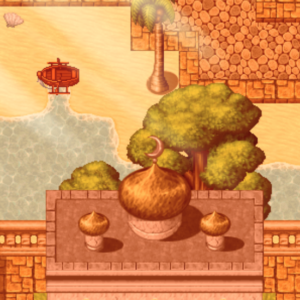
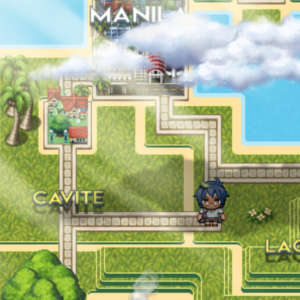
Launching into Creativity
The first infographic I made was a series of bar graphs comparing the Philippine regions with one another in terms of size. When the bar graphs began to feel a bit boring, I decided to cut the bars up into squares and arrange them into shapes that resembled their real-world borders. When these static images of shapes also became monotonous for me, I decided to lay them out as grassy terrain tiles on a game-making tool called RPG Maker MV. Then I started putting mountains on the map. Then plants. Then paths that corresponded to major highways and sea ways. Then I marked provincial capitals with tiny animated town markers. Then I thought maybe I could start entering the towns too…
Full disclosure: I didn’t get to do as much studying as I probably should have. There must be easier, faster, more efficient ways to memorize the chief exports of the Bicol Region than having to design pixel-art pili nuts and programming a short informational skit around them. It probably still counted as research, though. At least, I think I was starting to answer the question.
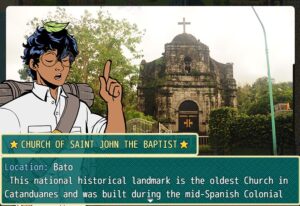
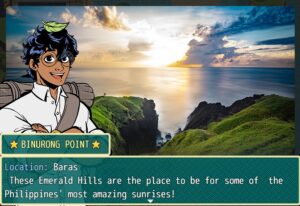
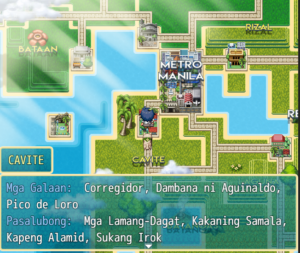
Different Answers to the Same Question
“What makes a Good Filipino?”
We have 7,640 islands and even more answers to that question. In my home province of Cavite, a good Filipino remembers the heroic sacrifice and struggle for freedom in the War for Philippine Independence while fully accepting the crass humanity and moral failures of many of its central figures. In Batanes, Catanduanes, and Leyte, a good Filipino is one who is mindful of the rising challenge of climate change and who faces it through good urban planning, sustainable energy, and natural conservation. In Cotabato, a good Filipino helps preserve the ancient T’boli art of T’nalak weaving. In Apayao, it is someone who secures the rights of indigenous peoples to their homelands.
On the other hand, these aren’t supposed to be “one answer only” per island or region or ethnic group. These are ALL facets of what makes a good Filipino. These are the stories, treasures, and values we could be sharing if only we were reminded that they exist. A two-minute answer in a day-long test would never be enough to describe the many ways to be a good Filipino. To answer it – to truly, truly, truly answer it – maybe, I could illustrate everything that made the Philippines good.
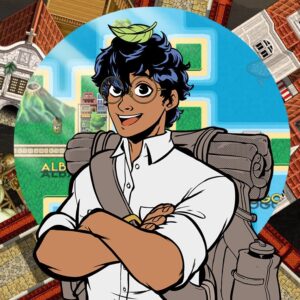
The Birth of “Islands Abridged”
Sometime last year, when all of time had dissolved into a haze of anxious fatigue, I found myself with something new. It was a map of the Philippines, each of the 3000 tiles being 100 km2 of land. However, it was also a working demo of a game where all one can do is wander around and learn things. Realizing that I just created a game that summarized everything I ever wanted to do in life, I uploaded it free for everyone to check out. When people started realizing that they could use it to teach their kids Araling Panlipunan (Social Studies) while in quarantine, I made a version of the game map in Filipino.
Is that an answer to the question, “What makes a good Filipino?” I’d like to think it is. I’d like to think making art inspired by Japanese video games, American internet culture, and European museums can count as being a good Filipino. In any case, given that the game has explored only 5 out of our 81 provinces, it’s an answer I’ve barely begun to give. I think it’s an important question, though: “What makes a good Filipino?” As a game designer, writer, and diplomat, I’m fine figuring that one out for the rest of my life.

Marthy Angue
Marthy Angue is Co-Founder of the digital art company, Gunship Revolution. He is the Associate Editor of Roots and Wings: the Filipino E-Magazine in Europe, and currently serves as an Officer in the Department of Foreign Affairs. Graphics Design lets him go for hours and hours without eating, while writing causes him to crave snacks almost constantly. There was a twelve-year gap between him asking a girl out for the first time for a date and that same girl saying “yes.” They're married now. Marthy’s greatest ambition is to get into some kind of team or combat sport—or at least look like it.



